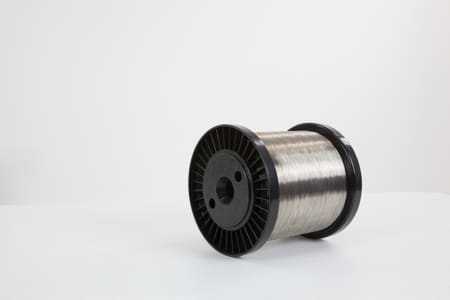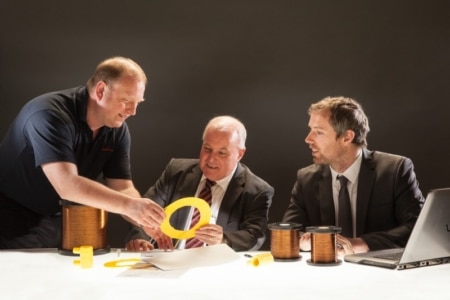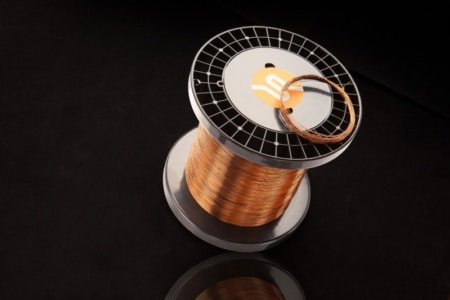An electric heating coil can form an integral part of the heating in any home. It helps to keep you warm and comfortable all winter long and heats the water for your shower, as well as makes your morning espresso...
But how does it work?
This blog post will provide a guide on how heating coils work. We will also discuss the different types of heating coils and how they can be used in your home. So, if you're curious about how coils work, this blog post is for you!
How Does a Heating Coil Work?
By Stephen Holt, Technical Manager since 1996
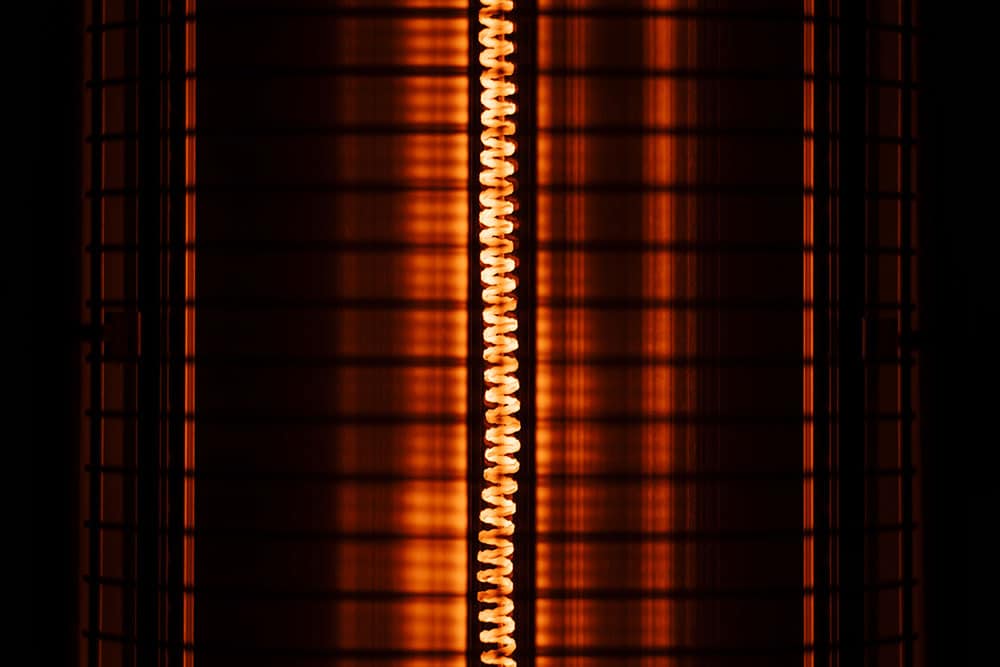
What is a Heating Coil System?
A heating coil consists of a coil of resistance wire, usually a nickel chromium (nichrome) or iron chrome aluminium alloy with a high resistivity and melting point, connected to an electrical power supply. When an electric current flows through the wire, it generates heat, converting the electrical energy into heat (through a process often referred to as "joule heating"). This heat can then be used to either heat the air in your home, or is used in an appliance like a toaster, hair dryer or coffee machine.
The coil's materials were chosen because they resist corrosion and have a high melting point, so continue to operate properly at high temperatures.
A "heating coil" is just one form of electric heating element. Resistance wires, ribbon and tape wire can be configured in other shapes, which all produce heat in the same way; via the electrical current from a flow of electricity.
How Do Heating Coils Work?
A heating coil system takes the heat generated by the heating coil and transfers it to something you want to warm up. The heat transfer mechanism for heating coils in air can be in forced air systems, where a fan blows air over a heated coil, or natural convection where the hot air rises away from the coil, sometimes integrated with finned heat exchangers, increasing the surface area and hence the rate of heat transfer. For heating water and other liquids, the heating coil has to be insulated. Like in air, the heat can be carried away from the coil by natural convection or by pumping the liquid over the heater.
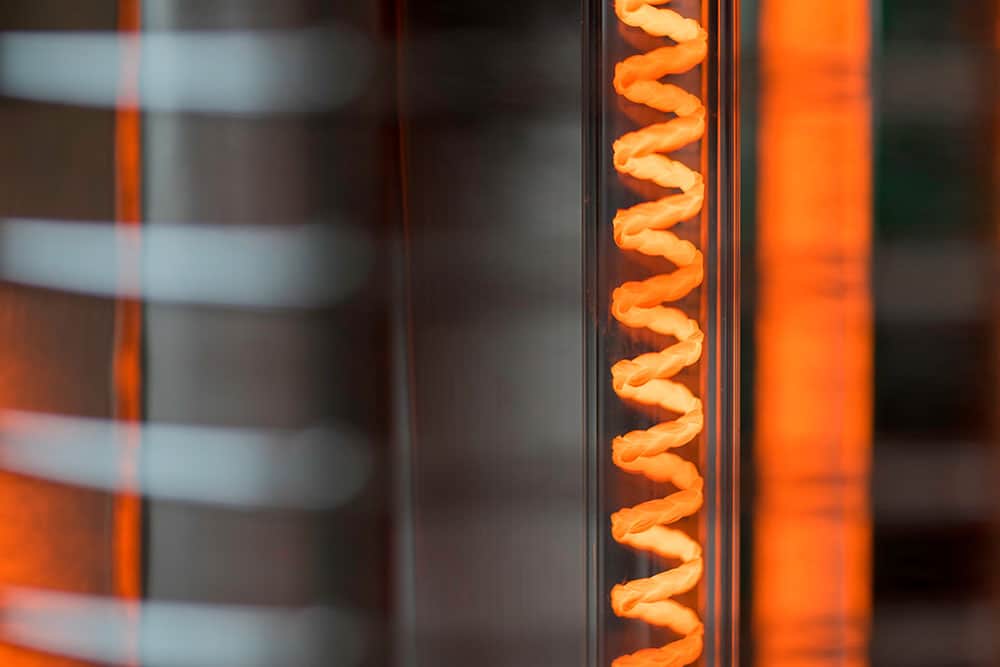
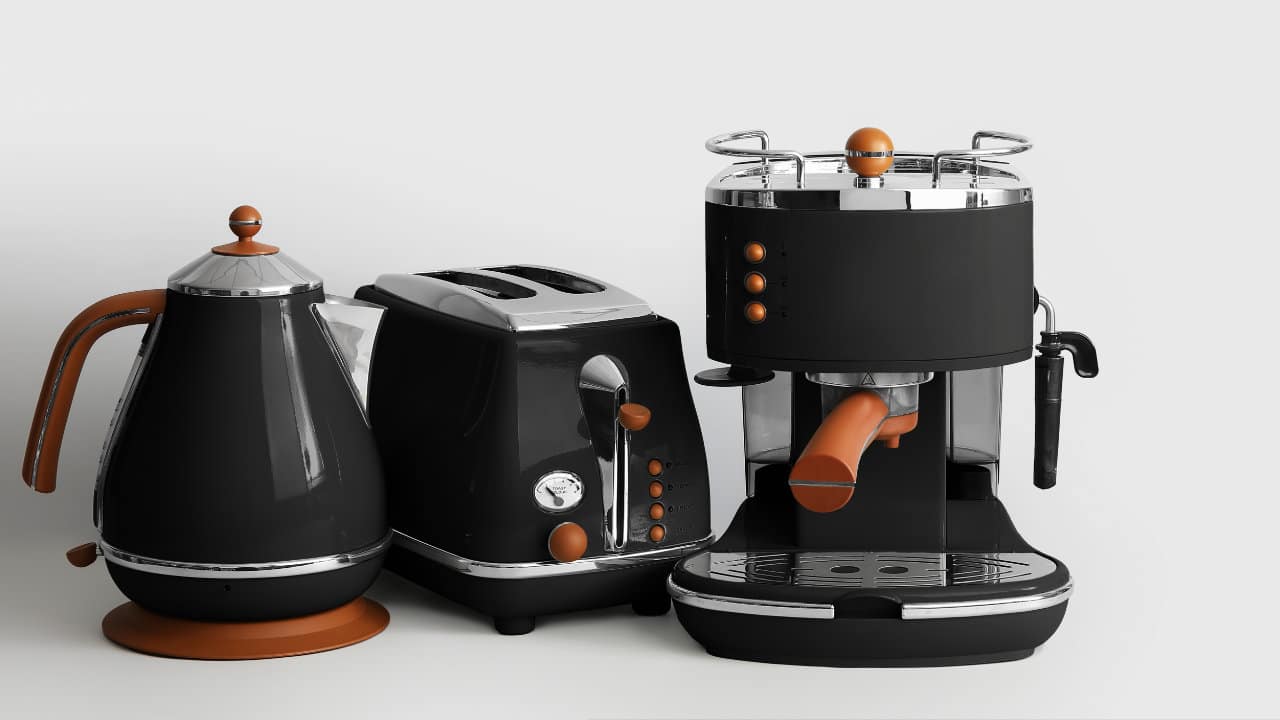
Different Types of Heating Coils
Air heating coils do not require insulating from the air but do have to be supported on a mica or ceramic carrier to prevent the wire from coming into contact with the housing of the appliance. To improve the heat transfer they are often not simply coils of wire but are formed into more complex shapes like the ‘porcupine’ electric heating elements in tumble driers. Heating coils for liquids are usually placed within a stainless-steel tube on ceramic supports and the space around the coils is filled with a ceramic powder like magnesium oxide.
Electric Heating Coils Around the Home
You are likely to have a number of different heating coils around your house. In the kitchen, the oven, electric stove, kettle, washing machine and your coffee maker will have coils insulated in steel tubes. The tumble dryer will have a supported coil making heat with a fan blowing air across it in a classic forced air convection system and blower fires also use this type of coil. If you have a hot water tank, a steel insulated coil will be inserted to form the immersion heater element which complements the copper heating coil containing hot water from a heat pump or gas boiler.
Benefits of Heating Coils
Electric heating coils can be said to be almost 100% efficient. Almost all the electrical energy put into the coils is turned into usable heat. Electric heater coils can be inserted into well insulated water tanks or thermal blocks to be activated during the night, when electricity is cheaper, and this stored heat can then be used by the household during the day. As the technology improves, green electrical energy from wind turbines or solar panels can be stored as heat in these water tanks or solid storage heaters, to be used at a later time. Electric heating coils are easy to use and can be switched on and off easily and even automatically on timers.
In conclusion, a heating coil system is an important part of any home's heating system and is used widely in cooking, washing and water heating. They can be used as an additional system to complement existing central heating systems to ensure your comfort and they will become increasingly common in systems to store renewably sourced electricity in the form of heat energy which can be used later.
